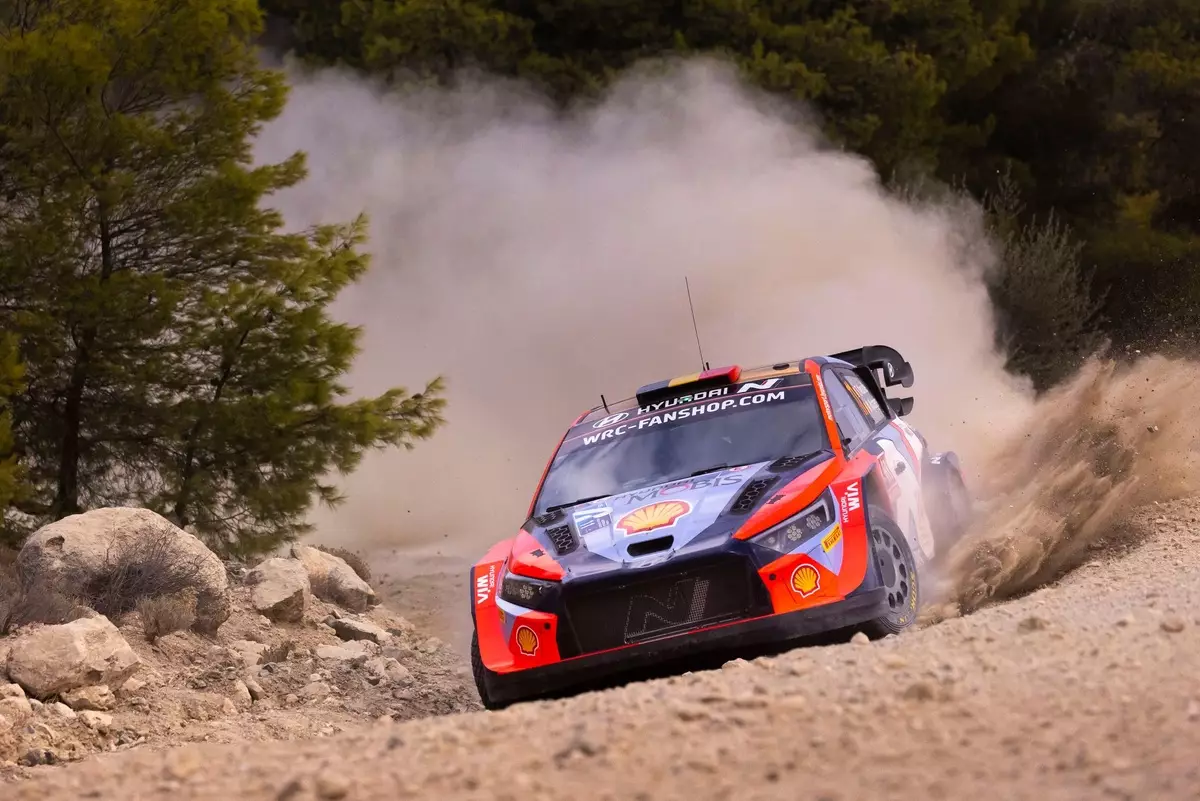The World Rally Championship (WRC) is set to undergo a significant transformation as it pivots away from hybrid technology in its Rally1 vehicles. This decision, confirmed by the FIA World Motor Sport Council, marks a pivotal moment in the sports’ long history—one that spans nearly five decades. Initially launched in 2022, the 130kW plug-in hybrid system aimed to blend performance with greener technology. However, mounting costs and logistical hurdles have compelled the WRC to revert to the classic internal combustion engine (ICE) format for the upcoming 2025 season.
The hybrid units, initially intended to enhance the competitive edge while aligning with global automotive trends, faced unforeseen challenges shortly after their implementation. Control supplier Compact Dynamics introduced stringent safety regulations at the Acropolis Rally in September, escalating the operational costs related to the maintenance and repair of these systems. Specifically, any hybrid units experiencing three shock errors exceeding 15G would be rendered unusable without returning them for a full factory repair, a stark contrast to previous regulations that allowed for onsite resets. The implication for teams, especially smaller or private outfits like M-Sport, has been considerable, stirring concerns about their operational viability in this evolving landscape.
The decision to eliminate hybrid technologies wasn’t made lightly. Following extensive discussions with teams and stakeholders, the FIA recognized that the existing hybrid frameworks were not beneficial for the WRC’s immediate future. Xavier Mestelan-Pinon, the FIA’s Chief Technical and Safety Officer, articulated the need for the championship to adapt effectively while remaining committed to environmental considerations. He emphasized that the transition back to ICE will not compromise the thrilling nature of the competition. The feedback loop among participants has been invaluable in steering this major change, ultimately reinforcing the championship’s adaptability and resilience.
With hybrid units phased out, the WRC has also made technical adjustments to maintain competitive balance. The minimum weight requirement for Rally1 cars will be notably reduced from 1,260 kg to 1,180 kg, allowing for a more agile racing experience. Additionally, the slight alteration in air restrictor size will serve to retune the power dynamics, ensuring that vehicles remain competitive despite the absence of hybrid technology. This recalibration reflects the WRC’s broader commitment towards performance optimization while upholding safety standards.
Despite the shift away from hybrid technology, the WRC remains steadfast in its dedication to sustainability. The use of 100 percent sustainable fuel will persist as a core aspect of the championship’s focus on minimizing its environmental footprint. This commitment not only aligns with global environmental goals but also reinforces the WRC’s dedication to innovation within the realm of motorsport. The championship aims to showcase how high-octane racing can coexist with sustainable practices, signaling a hopeful future for both competitors and fans.
As the WRC takes this decisive step towards a purely combustion-powered future, it also embraces an ecological responsibility that underscores the ever-evolving nature of motorsport. The decision to shed hybrid technology epitomizes a balancing act of performance, cost-efficiency, and sustainability—one that will shape the next era of rally racing.


Leave a Reply